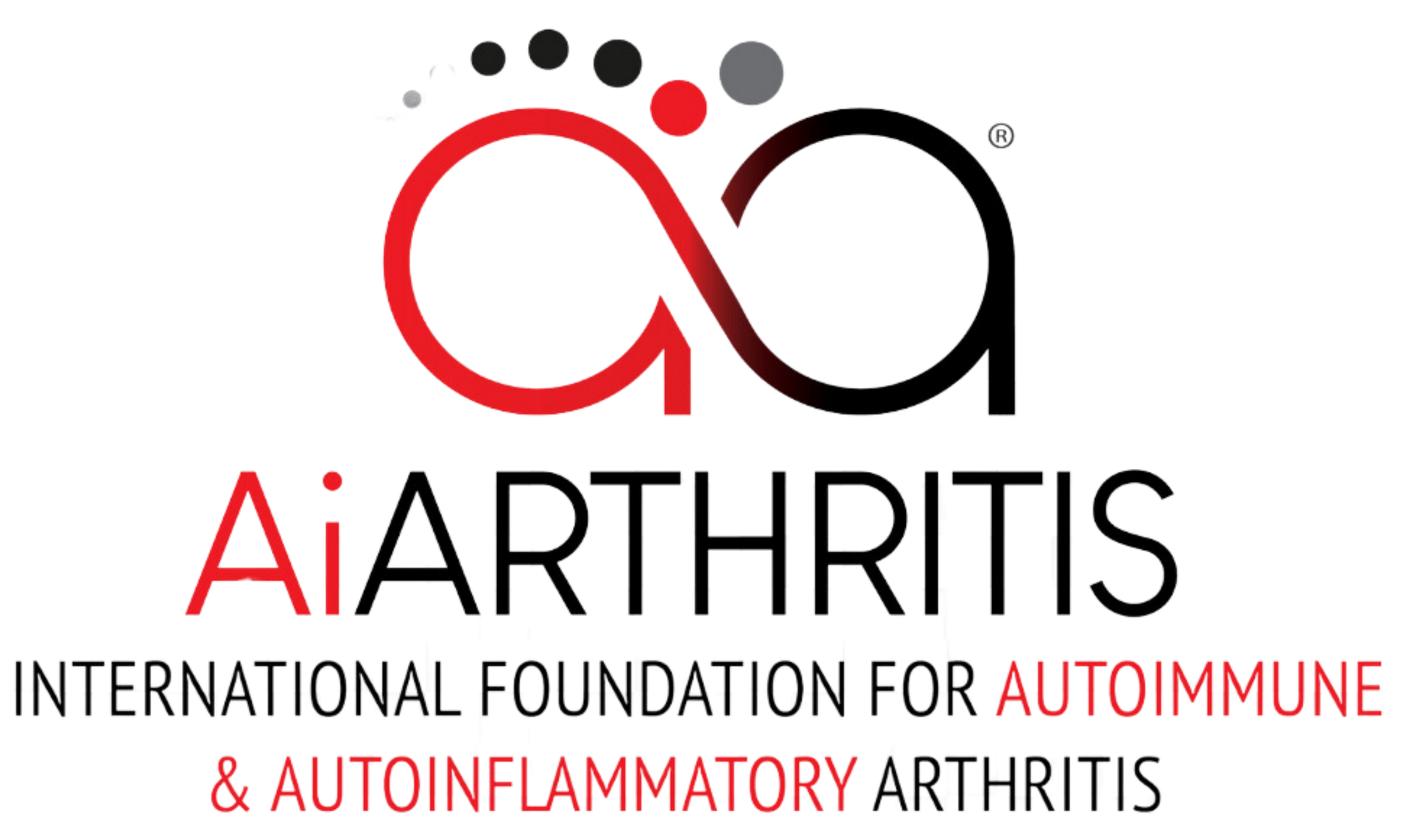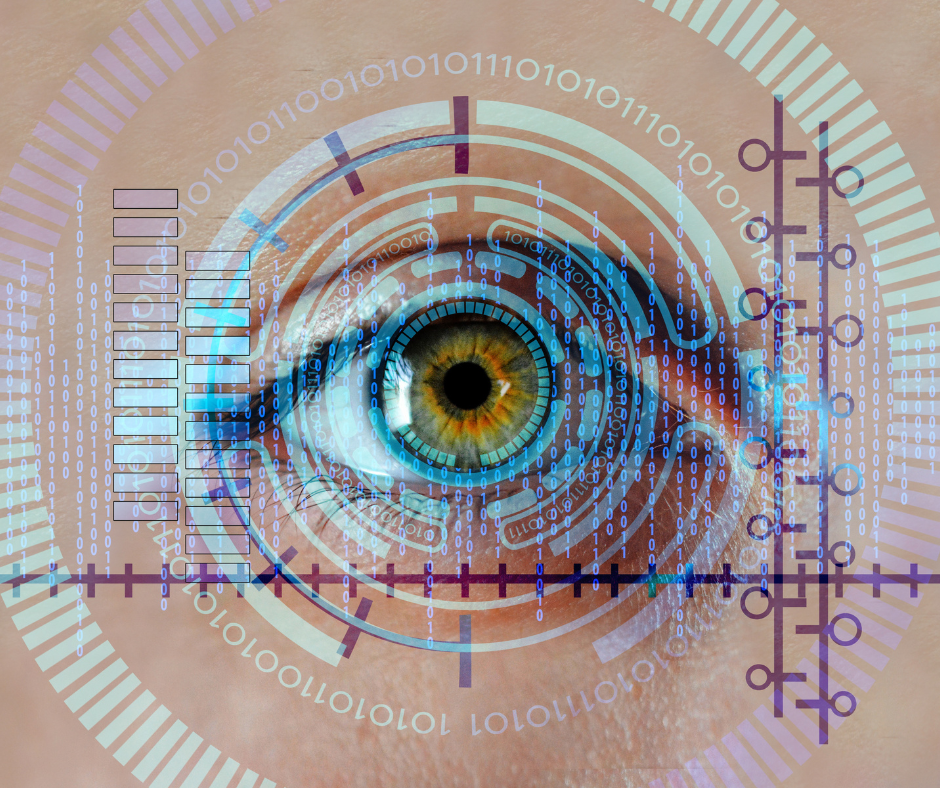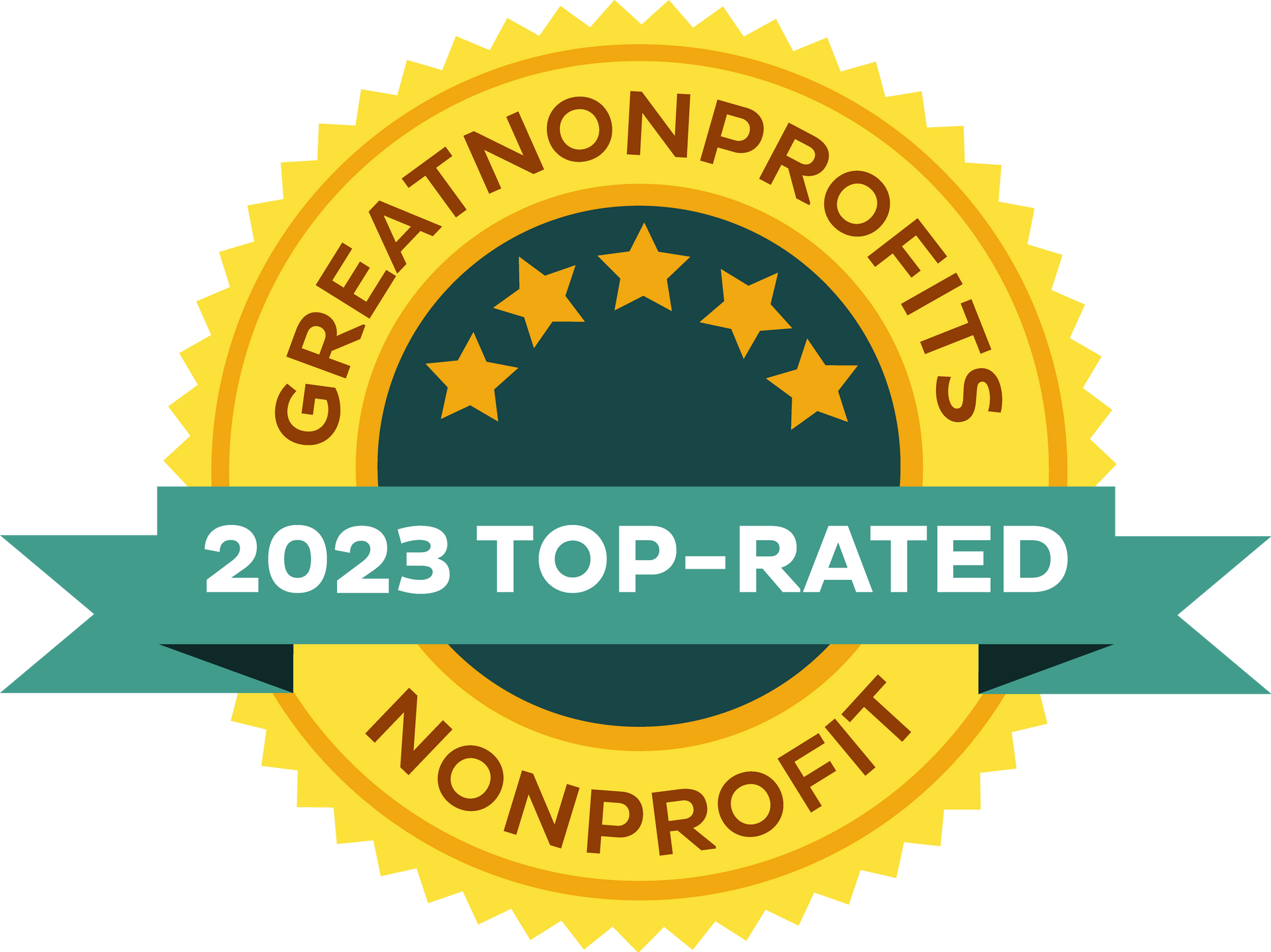April is Sjögren's Disease Awareness Month, an annual initiative dedicated to raising awareness about Sjögren's Disease—a chronic autoimmune disease that affects millions worldwide. This observance serves as an opportunity to educate the public, promote research efforts, and offer support to those living with the condition. The Sjögren's Foundation plays a key role in these efforts, providing valuable resources for patients and healthcare professionals alike.
April: Sjögren's Disease Awareness Month
Origins of Sjögren's Disease
Sjögren's Disease is named after Dr. Henrik Sjögren, a Swedish ophthalmologist who, in 1933, conducted groundbreaking research to describe the condition. His work led to the recognition of Sjögren's as a distinct autoimmune disease, characterized by hallmark symptoms like dry eyes and dry mouth. Over time, understanding of the disease has evolved, with the term "Sjögren's disease" now reflecting its systemic nature. Beyond dryness, it can lead to serious complications, including organ involvement, emphasizing its complexity and impact on overall health.
History of Sjögren's Awareness Month
Sjögren's Awareness Month was established in 1998 when New York Congresswoman Louise Slaughter entered it into the Congressional Record. Since then, the Sjögren's Foundation has worked diligently each April to spread awareness. Their annual #ThisIsSjögrens campaign highlights patient stories and showcases the diverse experiences of those affected by the disease, helping to foster greater empathy and understanding.
Key Facts About Sjögren's Disease
- Gender Prevalence: Approximately 90% of those diagnosed with Sjögren's are women, suggesting hormonal factors may play a role in its development.
- Systemic Nature: Once seen as just a collection of symptoms, Sjögren's is now understood as a systemic autoimmune disease with far-reaching effects on the body.
Discover More Of Our Resources
What is Sjögren's Disease?
Sjögren’s disease primarily affects the body’s moisture-producing glands, leading to dryness in areas like the eyes, mouth, and skin. However, it can also impact major organs such as the lungs and kidneys, adding layers of complexity to the condition.
Symptoms of Sjögren's Disease
- The symptoms of Sjögren's vary from person to person and may include:
- Persistent dryness (eyes, mouth, nose, skin).
- Swollen, painful salivary glands, particularly near the jaw.
- Mouth sores and oral yeast infections.
- Persistent dry cough or bronchitis.
- Headaches and difficulty swallowing.
- Lung issues like interstitial lung disease or pneumonia.
- Peripheral neuropathy or Raynaud’s phenomenon (fingers/toes turning white or blue in cold or stress).
AiArthritis Disease Symptoms
AiArthritis diseases share common features such as flares, where symptoms worsen for hours to months, and improvements with physical activity, while rest can make symptoms worse. Genetic predisposition or mutations can lead to these conditions running in families, and uncontrolled inflammation often results in comorbidities, affecting 70% of patients.
Key symptoms include:
- Severe fatigue that persists despite rest or stimulants
- Brain fog, making concentration difficult
- Flu-like sensations like nausea and muscle weakness
- Low-grade fevers (higher in autoinflammatory diseases)
- Joint stiffness, especially in the morning or after long periods of inactivity
- Sudden, shifting joint pain that starts and stops abruptly
These symptoms can significantly affect quality of life. Early diagnosis and treatment are critical for managing the disease and preventing complications.
Learn more about Sjögren's Disease
How to Get Involved
Want to make a difference during Sjögren's Awareness Month? Here’s how:
- Spread Awareness: Use hashtags like #SjögrensAwarenessMonth and #ThisIsSjögrens on social media to share stories and educational content.
- Participate in Events: Attend virtual or in-person events like webinars, walk-a-thons, and fundraisers organized by the Sjögren's Foundation.
- Wear Purple: Purple is the color of Sjögren's awareness. Show your support by wearing purple throughout April.
- Donate: Consider contributing to organizations like the Sjögren's Foundation to fund research and patient resources.
- Advocate: Contact policymakers to advocate for better healthcare access and increased research funding for Sjögren's Disease.
Moving Forward
Sjögren's Awareness Month is an opportunity to bring attention to this complex autoimmune disease, promote research, and build a supportive community for those affected. By sharing knowledge and showing solidarity, we can drive progress toward better outcomes for patients. This April, let’s work together to raise awareness and make a lasting impact in the lives of people living with Sjögren's disease.
Tune into the AiArthritis Voices 360 Talk Show, where patients, doctors, and advocates come together to discuss the latest in autoimmune and autoinflammatory arthritis. Join the conversation to learn, share, and make a difference in the world of arthritis care!









